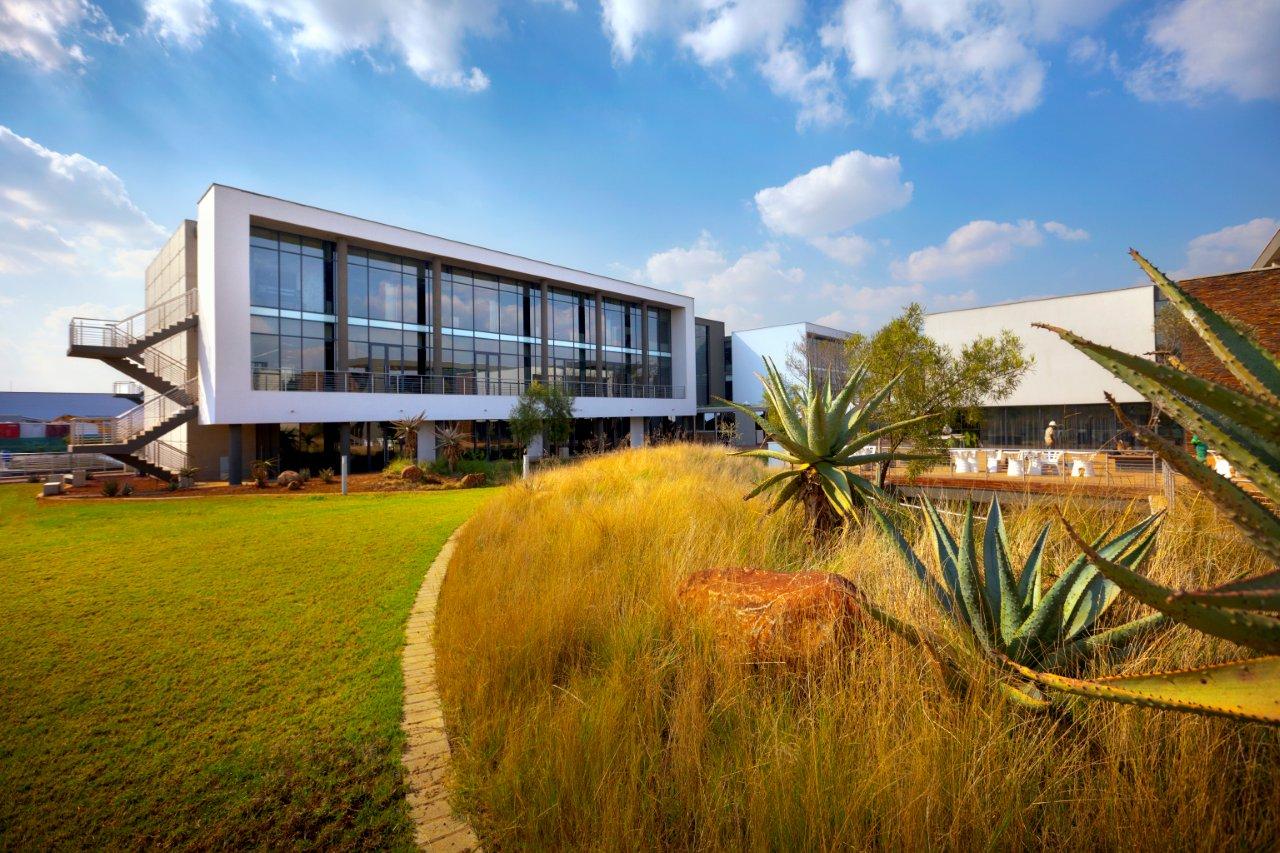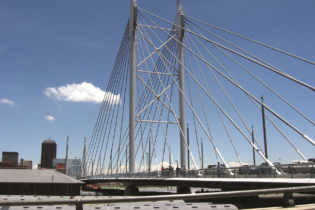- Green certification;
- Application of energy efficiency building legislation for new and retrofitted buildings;
- Material and product traceability;
- Price signals as an instrument of driving change;
- A growing focus on retrofitting ;
- A growing need for workforce training ;
- Reinstating and greening infrastructure ;
- Saving water and energy consumption; and
- Introducing food production into the built environment.
- over a third of all CO2 emissions come from building construction and operations;
- over a third of all energy and material resources is used to build and operate buildings; and
- over a third of total waste results from construction and demolition activities.
The early adopters of green buildings understood that the derived benefits included reduced water and energy consumption, which led to lower operational costs in their buildings and facilities.
Green technology opportunities within public building portfolio
Currently various metros and large municipalities across the country are already exploring options of procuring power from sources other than Eskom, complementing ongoing shifts in regulations, towards an increasingly liberalised electricity sector. This essentially points to a fundamental shift in the electricity system in which both municipalities and end users are more empowered in their energy options. The Department of Energy together with the Department of Public Works has set an energy savings target of 15% for the government’s portfolio of nearly 100,000 public buildings. This creates opportunities for many players in the green technology value chain, including technology providers, project developers, installers and financiers, or Energy Services Companies (ESCOs) offering a consolidated solution. This opportunity largely applies to existing buildings (i.e. retrofits) and for new buildings, the developers of which may seek to achieve certain energy efficiency targets. These emerging opportunities have largely been stimulated by the decreasing technology costs of renewable technologies, particularly for solar photovoltaic technologies. This therefore makes embedded generation interventions viable to a point where the payback per month on an installation will exceed the financing costs, turning such interventions from savings into investments. The major hurdle in this trajectory, however, still remains a ministerial determination allowing municipalities to procure from sources other than Eskom. The other major barrier is the ability of public institutions to acquire the capital funds to implement some of the larger energy savings opportunities.- This is an excerpt from a longer paper written by Songo Didiza, the executive director of the Green Building Design Group.









